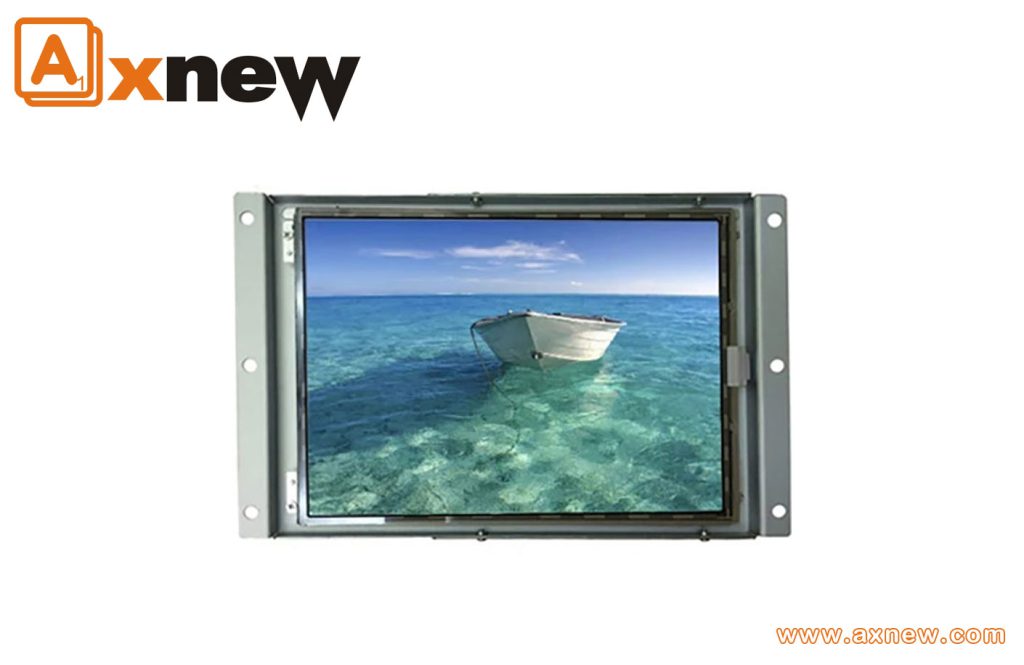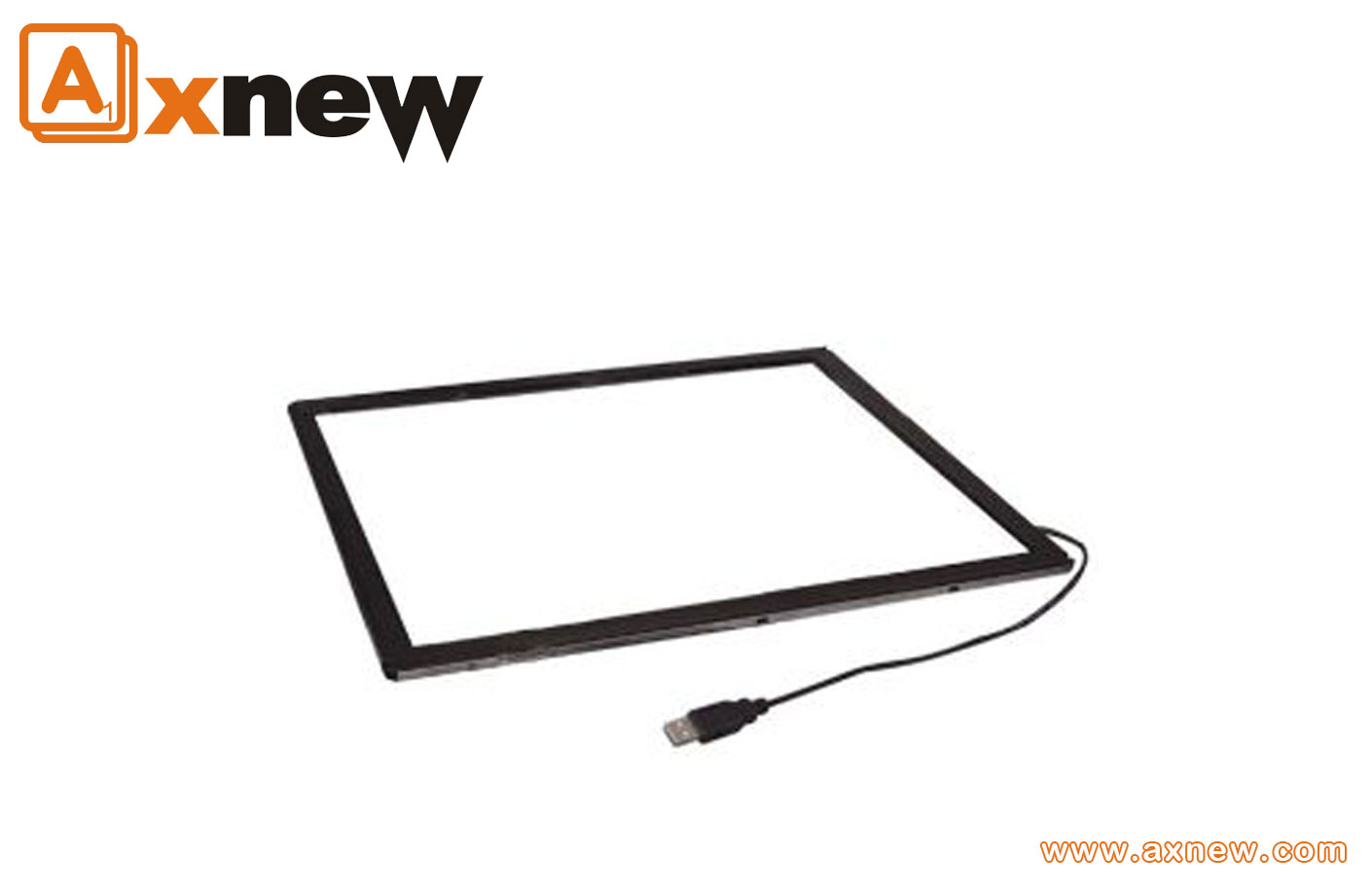
When faced with the decision of choosing between resistive and capacitive touch panels, it is crucial to consider several key factors including their respective advantages, ideal working environments, costs, and touch responsiveness. Each type of touch panel offers unique benefits and is suited to different applications.
1, Advantages
Resistive touch panels are known for their reliability and precision. They respond to any form of pressure, making them compatible with a variety of input devices such as styluses, gloved hands, or even fingernails. This versatility makes them particularly useful in environments where users might not have direct skin contact with the screen.
On the other hand, capacitive touch panels celebrated for their sensitivity and multi-touch capabilities. They provide a smoother and more responsive user experience, which is ideal for applications requiring gestures like pinching or swiping. Their ability to detect multiple touch points simultaneously enhances the functionality of modern touch-based interfaces.
2, Working Environment
The choice of touch panel can also depend heavily on the working environment. Resistive touch panels perform exceptionally well in harsh conditions. They are less susceptible to contaminants such as dust and moisture, making them suitable for industrial settings or outdoor use.
Conversely, capacitive touch panels are better suited for clean, indoor environments. Their glass surface is more prone to damage from scratches or impacts, but they offer superior clarity and brightness, which is advantageous in consumer electronics like smart phones and tablets.
3,Costs
Cost considerations play a significant role in the selection process. Resistive touch panels are generally more affordable due to their simpler construction. This cost-effectiveness makes them an attractive option for budget-conscious projects or large-scale deployments where cost-per-unit is a critical factor.
Capacitive touch panels tend to be more expensive, reflecting their advanced technology and enhanced user experience. However, the investment can be justified by the superior performance and durability they offer, especially in high-end consumer devices or applications where user interaction is paramount.
Axnew display company provides the 5 wire resistive touch panel and capacitive touch panel for the industrial monitor, depending on your working industries.

4,Touch Responsiveness
Touch responsiveness is a key differentiator between resistive and capacitive touch panels. Resistive panels require a certain amount of pressure to register input, which can result in a slightly less fluid interaction. However, their ability to recognize input from various objects can be advantageous in specific scenarios.
Capacitive panels, in contrast, are highly responsive to the lightest touch, providing a seamless and intuitive user experience. The ability to support complex gestures and multiple touch points simultaneously makes capacitive technology the preferred choice for applications demanding high interactivity and precision.


